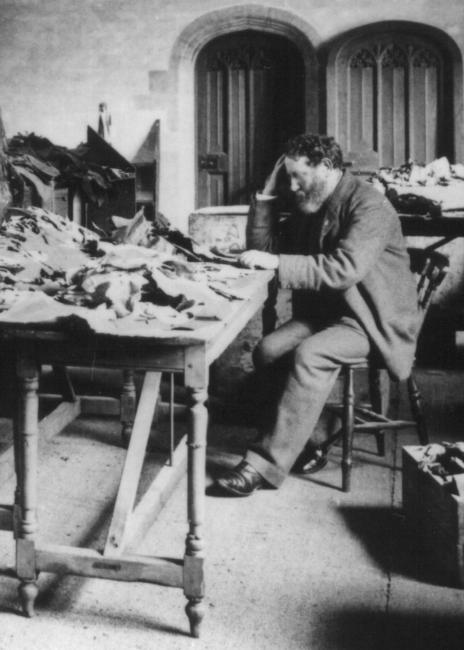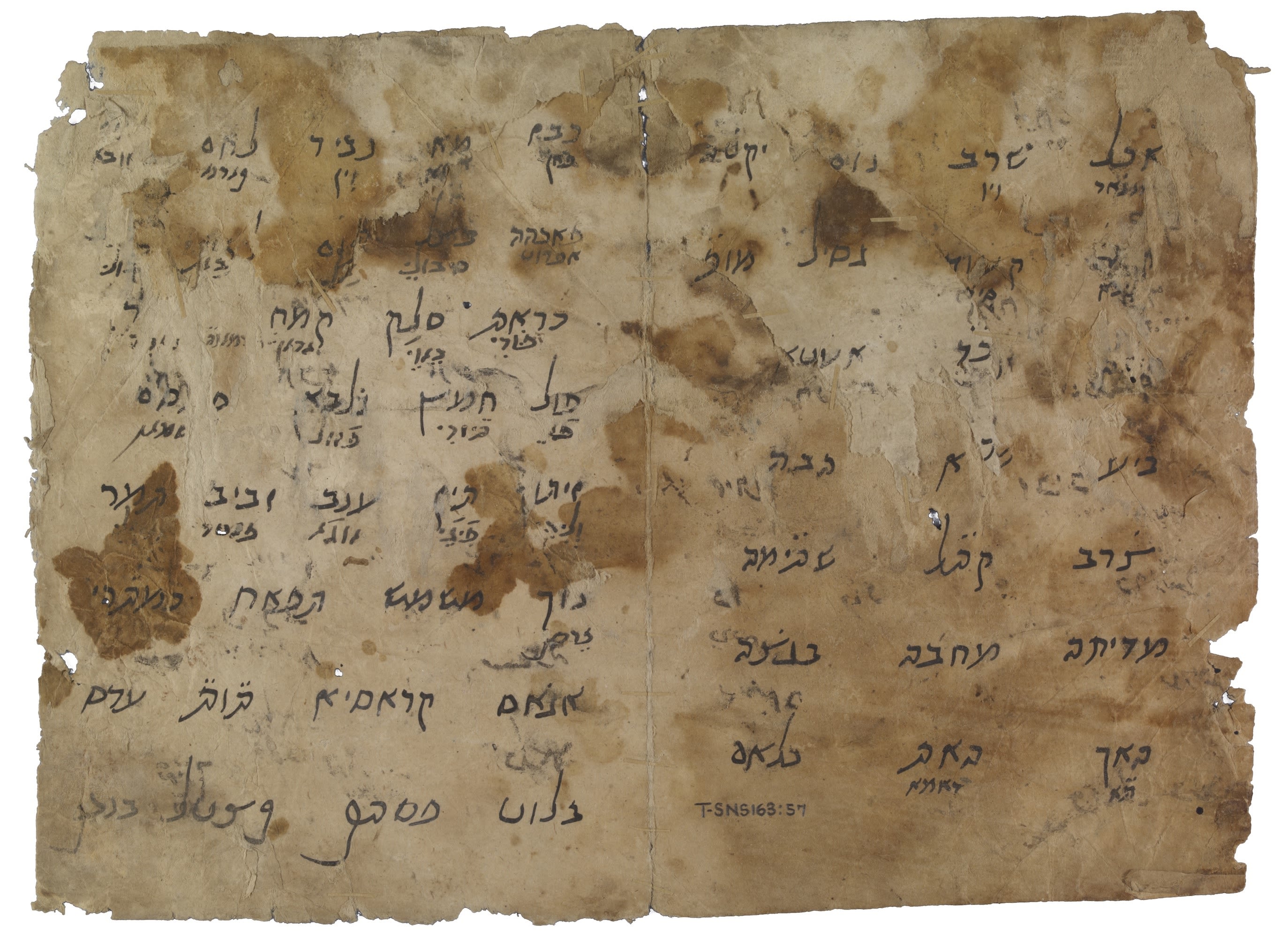Shabbat Gathering: What's a genizah?

Dear Chevra, as is our custom, we will gather tonight at 5.45p ct to welcome Shabbat. These are the coordinates:
Zoom
Meeting ID: 963 5113 1550
Password: 1989
Phone: +1 312 626 6799
(To unsubscribe from the newsletter, click the link at the very bottom of this email.)
Note about Stormy's b'nei mitzvah.
I've ordered bagles, schmears, and lox for Stormy's kiddush on behalf of the Shabbat Gathering chavurah. I'll be picking them up that morning. AJ will be making Stormy's challah. The planned attendance for Stormy's b'nei mitzvah is 100. If you want to bring something sweet or savory to the kiddush, please feel free.
Note about Maria.
Maria has covid. We will say her name during the Mi Shebeirach tonight.
Here we go.
According to some Jewish traditions, it’s considered a sin to throw away pieces of paper or a book or any other document that has G!d’s name written on it. Instead, the document must be buried with the same dignity and respect as a Jewish body. Until this burial takes place, documents are kept in a genizah which is like a storeroom. Sometimes people forget about the storeroom and the documents never get buried. This is what happened in Cairo, Egypt.
Between the 6th and 19th centuries, people deposited documents in a genizah in the Ben Ezra Synagogue in Cairo. Around 1752, the first European discovered the genizah. Then, in 1864, the scholar Jacob Saphir looked through the genizah. It was in 1896 that the genizah came to the attention of Solomon Schechter of Cambridge University. It was Schechter who started sorting, cataloging and removing the documents from the genizah and bringing them to Cambridge University. (Yet another instance of cultural theft by the British empire.) Since then, documents from the genizah have ended up around the world with the largest portion staying at Cambridge. The documents found in the genizah span secular and sacred lives from that era. Everything from accounting ledgers to Sefer Torahs to haggadot to love letters have been discovered in the genizah.

One of the more interesting discoveries in the genizah are documents written by Maimonides, the rabbi who wrote the Mishneh, the core document of Talmud. And researchers keep finding more and more of his documents.
One of the things I do for Jews in Madison is represent CSS on the board of the Jewish Burial Association of Madison. As part of the process of burying a Jew, we ask the family of the deceased whether or not worn out prayer books and Torahs can be buried in the casket with their love one.
I hope and pray that, by the time I die, my Chumush will be worn out and buried with me. I wouldn’t want to leave without it.
And may it be for all of us a blessing.
See you tonight!
Gut Shabbes!
All my love,
brian.
PS

-30-

